The hallmark of the graduate school at Cold Spring Harbor Laboratory is its innovative approach to advanced education in the biological sciences. Students who complete their degrees at the Watson School of Biological Sciences graduate as experimentalists and scholars who can pursue many and diverse careers. This May, seven students were awarded Ph.D. degrees. Here, they reflect on their time at the Laboratory as they look to the future.
Giorgia Battistoni
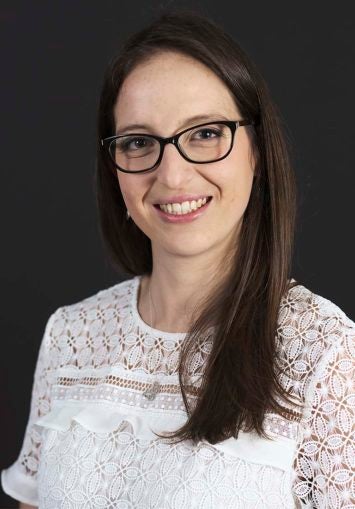
University of Pisa, Scuola Normale Superiore
Boehringer Ingelheim Fonds Fellow
Starr Centennial Scholar
Entering Class of 2013
The first time that I arrived in Cold Spring Harbor I was a wide-eyed, yet determined, undergraduate student, excited to the core for a summer internship about to begin. I dreamt of it since the year before, when during a seminar I learnt about the laboratory on the harbor, where preconceived limits were scrapped to make room for scientific creativity. Yet, reality surpassed my wildest expectations, as I found a scientific community that cherished science as a way of living, and in doing so, brought science to life. Fall eventually came—literally like a hurricane!—sweeping away my return ticket to Italy, and bringing instead an offer from the Watson School.
In a twist of fate, I have now a fat collection of flight tickets to/from London instead, as my research mentor, Prof. Gregory Hannon, decided to move to Cambridge, UK. I knew that following him was a wild bet, but one worth taking. Thanks to him, I learnt how to funnel my vivid enthusiasm through scientific rigor, bringing order and scope to my ideas, and to recognise the impossible as just something that nobody could grasp yet. A heartfelt thanks goes to the Hannon lab tribe, for being a source of inspiration and cherished memories.
As often during flights, there has been quite some turbulence during this six-year-long journey. I was lucky to have a loving family to support me from the control tower, and amazing classmates that shared this bumpy ride with me, filling it with laughter and guidance. I approach the end of this adventure stronger for the many lessons learnt and friends for life on my side.
Lital Chartarifsky-Lynn
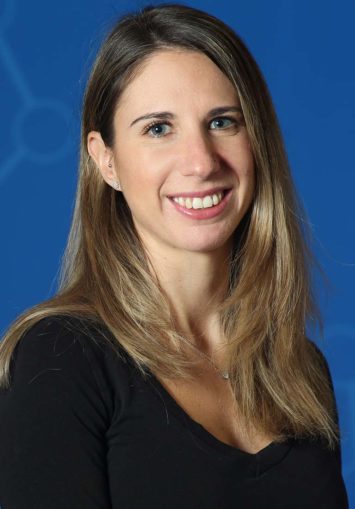
Hebrew University of Jerusalem
George A. and Marjorie H. Anderson Fellow
Entering Class of 2013
My love affair with Cold Spring Harbor Laboratory (aka “the Lab”) began in 2011, when I came here to the undergraduate research summer program (URP) and spent 10 weeks doing science, learning, and getting to know the Lab. As an URP I learned to appreciate the collaborative environment of the Lab, the lack of formality and ranks, and especially the tight-knit feeling, which reminded me of an Israeli “kibutz.” Following this experience, I knew that I wanted to pursue my Ph.D. at CSHL. Two years later I came back, this time as a Watson School student. Being part of the Watson School and the CSHL community has been a life-changing experience for me. For my thesis project I joined Anne Churchland’s lab, where I studied how the brain integrates visual and auditory information in the decision-making process. Thanks to Anne, an amazing scientist and mentor, as well as the WSBS administrative staff, I was able to pursue my scientific and professional interests. As a Watson School student I had the opportunity to go to conferences, co-found WiSE (Women in Science and Engineering at CSHL), organize social events and workshops, and even intern in a biotech startup. I am thankful for all the friends and colleagues that I met during my time here and I am looking forward to starting my new role as a biotechnology and business development officer… here at CSHL!
Talitha Forcier
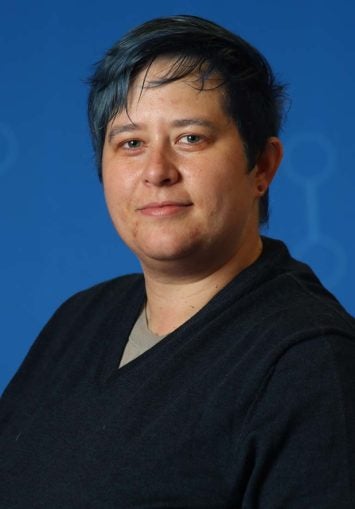
Cornell University
National Institutes of Health Trainee
William Randolph Hearst Foundation Scholar
Entering Class of 2012
In all organisms, gene expression is controlled by multi-protein complexes that assemble on cis-regulatory elements encoded within the genome. Understanding this regulatory language requires learning the ‘regulatory grammar,’ the set of rules that govern the basic principles of transcriptional regulation. Having a full understanding of the transcriptional grammar will enable us to understand, predict, and design complex expression patterns from regulatory sequences. In my thesis, I developed a new approach, called ‘expression manifolds,’ to biophysically modeling transcription regulation from data generated by reporter assays, and demonstrate this approach on data collected from multiple configurations of the lac promoter in Escherichia coli. Expression manifolds are a very general approach to biophysical modeling, and I showed how this approach can be used in low-throughput assays to precisely measure interactions between transcription factors and RNA polymerase at different promoters using the example system of CRP regulating expression at the lac promoter. I want to express my gratitude to the many people who made my time here productive and enjoyable. I am proud to have been educated at Cold Spring Harbor Laboratory, where so many brilliant scientists work and study. The way I look at science and research has been changed by attending the Watson School, and I know I have developed skills that will be helpful to me going forward. I appreciate and will always remember everyone who helped, taught, and encouraged me. Thank you!
Sanchari Ghosh
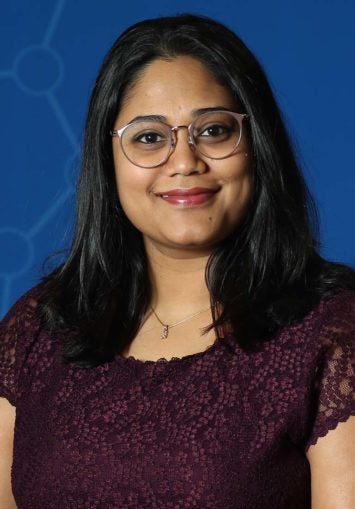
Presidency College, Calcutta
Charles A. Dana Fellow
Entering Class of 2013
My decision to join the graduate program at Cold Spring Harbor Laboratory was motivated by the open and collaborative scientific culture of this place. This was one of the few schools where you could walk in with a degree in molecular biology and find your way into a neuroscience lab that aimed at understanding how the brain makes decisions! As a student in this community, I have deeply enjoyed and imbibed the interdisciplinary and integrative approach to solving scientific questions.
In my graduate research, I have studied how the brain forms flexible sensory-motor associations in Tony Zador’s lab. I am extremely grateful to Tony for giving me this opportunity in spite of very little formal training in neuroscience. His mentorship has helped me a lot to develop into an independent and confident researcher. While in the lab, I spent a lot of time trying to understand where and how memories are formed in a mouse brain in response to specific behavioral training. Outside the lab, I have made a whole bunch of significant memories myself. I have had the pleasure to meet, know and befriend some very smart and interesting people whom I will surely cherish for years to come.
Michael John Gutbrod
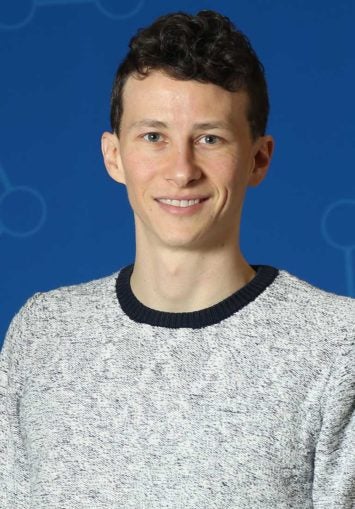
University of Illinois at Urbana-Champaign
Bristol-Myers Squibb Fellow
Robert and Teresa Lindsay Fellow
Entering Class of 2013
Throughout my time at the Lab, there have been a handful of moments that stopped me in my tracks and forced me to recognize my good fortune in spending my graduate years here. Whether it was the first summer night spent at the Knight House getting to know my new classmates, a particularly bustling afternoon in the Martienssen lab running from bench to centrifuge and yelling with my lab mates about some political issue over the blaring music, the stillness of the grounds after a fresh snow, or the buzz at the bar on one of those first warm Fridays in the spring. Of course, there was also the opportunity to hear lectures on world-class research both from Lab faculty and from the constant stream of scientists from around the world at the meetings and courses, the mentorship from generous friends, colleagues, and administration, and finally, the opportunity to not only explore, try, and fail, but also grow, learn, and succeed in Rob’s lab. It has been this exceptional blend of personal and professional maturations that I will remember looking back on my years here.
Laura Maiorino
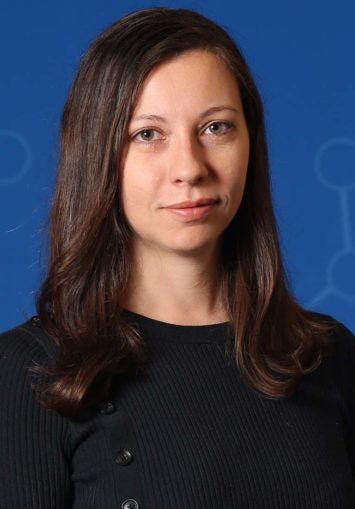
Vita-Salute San Raffaele University
George A. and Marjorie H. Anderson Fellow
Beohringer Ingelheim Fonds Fellow
Entering Class of 2013
I thought I had only signed up for graduate school, but after just a few weeks it became apparent that training at Cold Spring Harbor Laboratory comes as a full package with unique experiences. I woke up to gorgeous view of the harbor from the Knight House, I witnessed a constant carousel of amazing scientists, and worked in a place that saw the birth of so many fundamental discoveries. Most of all, my time at CSHL was defined by a tight community of incredible people from all corners of the world. They became my mentors, my colleagues, my friends, my hardest critics and my most fervent supporters.
Up until my rotation in Mikala Egeblad’s lab I had never had a chance to see firsthand the frenzy of cellular activity inside a living organism. Once I did, there was no going back.
I spent the remainder of my time studying cancer cells spreading through the body and the myriad of interactions they have with normal cells during this journey. It was not only a challenging and fascinating dive into the biology of a disease that impacts so many, but also an opportunity to understand what questions I am drawn to, the best ways to answer them and how to make them relevant to others.
I take with me indelible memories and invaluable lessons that will be critical to succeed as a scientist. I am certain I will come back from time to time and I genuinely hope it will continue to feel like coming home.
Sashank Pisupati
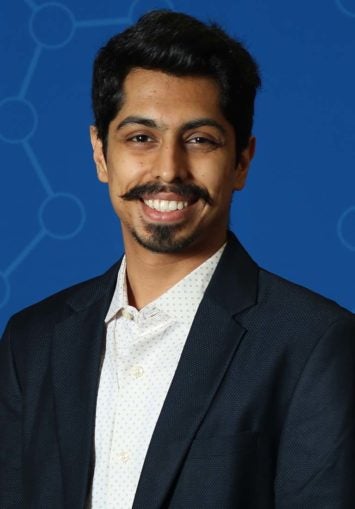
Indian Institute of Technology Kanpur
Gladys and Roland Harriman Foundation Fellow
Robert and Teresa Lindsay Fellow
Entering Class of 2014
One of my favorite things about the graduate program at Cold Spring Harbor is the sheer breadth of biology one is exposed to, and the training to approach this vast ocean with the guiding lights of theory and experiment.
My thesis work in the lab of Dr. Anne Churchland focused on how rodents make decisions based on perceptual stimuli. We noticed that they had occasionally made errors even when the stimuli were very easy, and showed that these errors are not simply lapses in attention or motor execution, but could reflect a deliberate process of exploration. In fact, these errors were informative about the value associated with different actions, and about the evaluative role of two brain regions that affected these errors when perturbed.
Interestingly, the inspiration for this came from a completely unrelated course I took at CSHL on physical biology. Here, I learnt that a similar phenomenon had been observed in enzyme “decisions” to stay active or inactive at extreme ligand concentrations. I was able to use the statistical mechanics theory developed for this molecular problem to understand the behavioral phenomenon that we observed, and testing this theory with experiments ultimately yielded insight into neural computations.
This holistic approach to biology fostered by the graduate program has given me a deep appreciation for the combined power of theory and experiment to find unifying principles across vastly different scales. I am extremely grateful for this training and I hope to carry it forward in my pursuit of computational psychiatry in the future.

